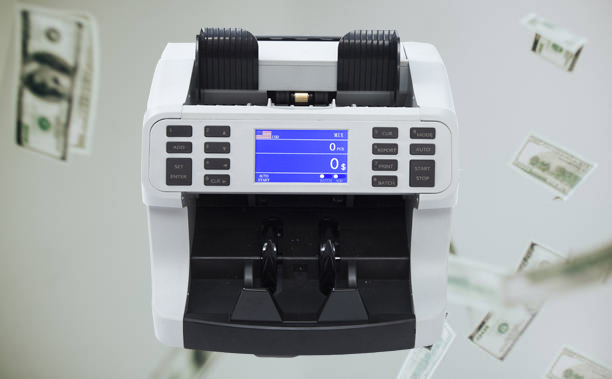When you need to develop a new currency, please refer to this video operation, you can quickly develop the currency
When you need to develop a new currency, please refer to this video operation, you can quickly develop the currency
When you need to develop a new currency, please refer to this video operation, you can quickly develop the currency
Developing a new currency is a complex process that requires thorough planning and consideration of multiple factors. While I can provide a detailed overview of the steps involved, please note that this is a high-level summary and further research and professional guidance will be needed for an actual implementation.
Steps to Develop a New Currency
Conceptualization
Purpose and Goals: Determine the purpose of the new currency. Is it for a new nation, a local community, or a digital economy? Define the goals and how it will address specific needs.
Type of Currency: Decide whether it will be a fiat currency (physical money like banknotes and coins), a digital currency, or a cryptocurrency.
Design and Security Features
Physical Currency Design: For fiat currencies, design banknotes and coins. Include security features such as watermarks, holograms, microprinting, and unique serial numbers.
Digital/Crypto Design: For digital currencies, design the digital infrastructure, ensuring robust security measures like encryption, two-factor authentication, and blockchain technology for cryptocurrencies.
Legal Framework
Regulations and Compliance: Establish a legal framework that complies with international and local laws. Work with legal experts to draft regulations and policies.
Issuing Authority: Determine the issuing authority, such as a central bank or a governing body, responsible for the creation and regulation of the currency.
Technical Development
Infrastructure Development: Develop the necessary infrastructure for the currency. For digital currencies, this includes servers, wallets, and payment systems. For cryptocurrencies, develop the blockchain or other distributed ledger technology.
Testing and Security Audits: Conduct extensive testing to ensure the currency is secure and functions as intended. Perform security audits and penetration testing.
Economic Considerations
Monetary Policy: Define the monetary policy, including supply control, inflation targets, and interest rates. Decide how the currency will be backed (e.g., gold standard, fiat-backed, or decentralized).
Integration with Existing Systems: Plan how the new currency will integrate with existing financial systems and how it will be exchanged with other currencies.
Public Awareness and Education
Awareness Campaigns: Launch public awareness campaigns to educate citizens or users about the new currency, its benefits, and how to use it.
Training Programs: Implement training programs for banks, businesses, and consumers on handling the new currency.
Implementation
Gradual Rollout: Start with a pilot program or gradual rollout to identify and resolve any issues before full implementation.
Distribution: Establish distribution channels for the currency. For fiat currencies, this includes minting and distributing physical money. For digital currencies, ensure digital wallets and payment gateways are accessible.
Monitoring and Evaluation
Continuous Monitoring: Continuously monitor the currency's performance and make adjustments as needed. Use feedback from users to improve the system.
Regular Audits: Conduct regular audits to ensure the currency remains secure and efficient.
Example: Developing a Cryptocurrency
Choose a Blockchain Platform: Select a blockchain platform (e.g., Ethereum, Binance Smart Chain) or create a new one.
Token Design: Define the tokenomics (total supply, distribution, incentives).
Smart Contracts: Develop and deploy smart contracts that govern the currency’s operations.
Mining/Validation: Decide on a consensus mechanism (Proof of Work, Proof of Stake) and set up the necessary infrastructure.
Launch and ICO: Launch the cryptocurrency through an Initial Coin Offering (ICO) or other funding mechanisms.
Exchange Listings: List the cryptocurrency on various exchanges to enable trading.
Example: Developing a Fiat Currency
Design and Security: Design the banknotes and coins with advanced security features.
Central Bank Role: Establish a central bank to issue and regulate the currency.
Printing and Minting: Partner with a secure printing and minting facility.
Distribution: Distribute the currency through the banking system.
Economic Policy: Implement monetary policy to manage the currency’s value and stability.
Developing a new currency requires collaboration between economists, legal experts, technologists, and policymakers. Ensuring robust security, legal compliance, and public trust are critical to the success of the new currency.

Huaen PRODUCTS






